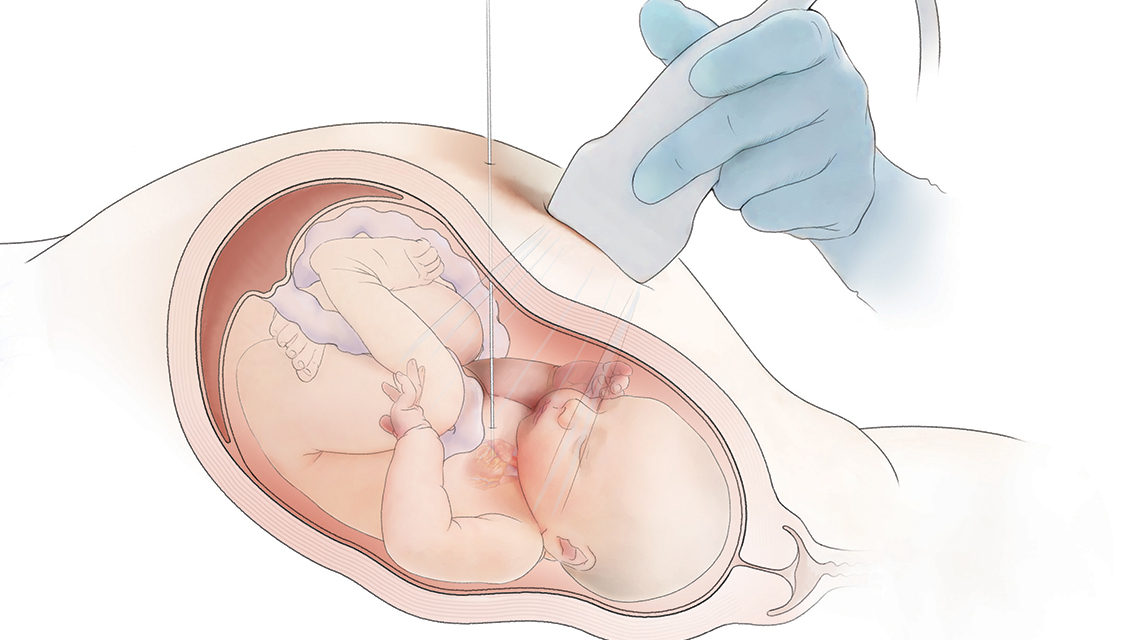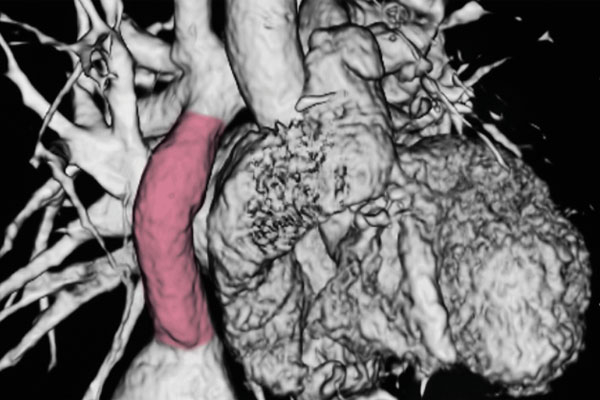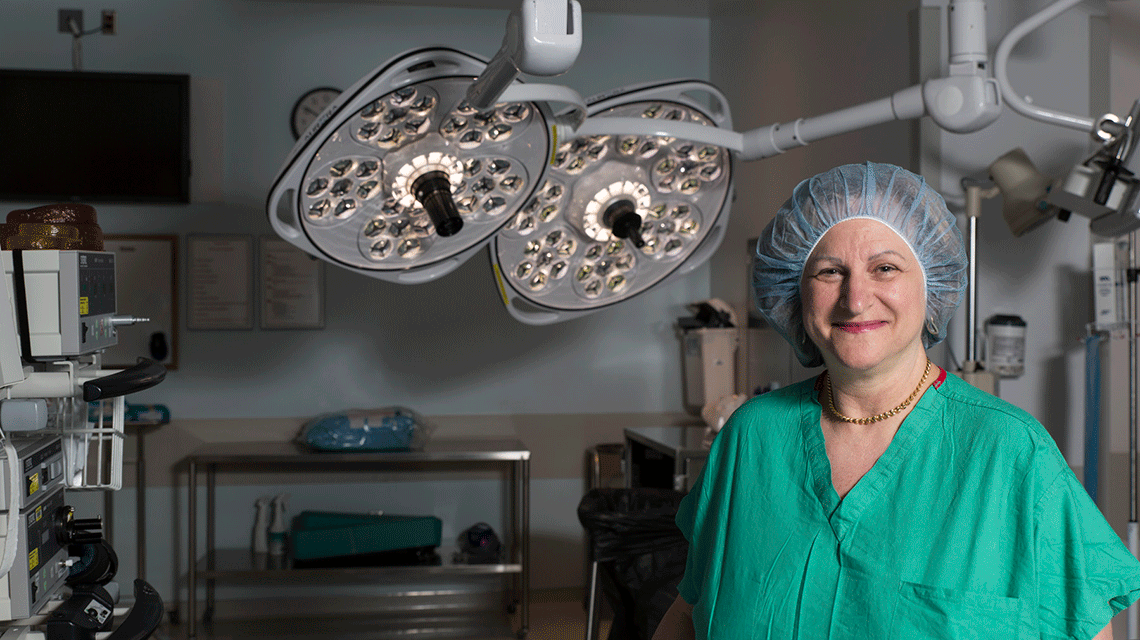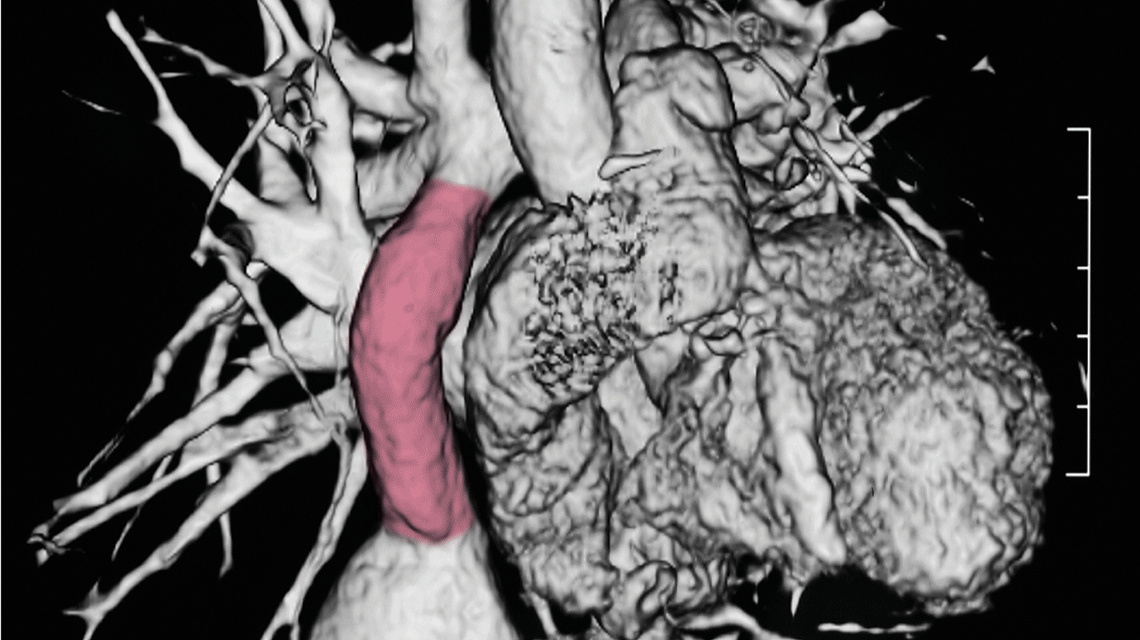Tissue Engineering and Fetal Medicine: A New Frontier for Congenital Heart Disease
Tissue Engineering and Fetal Medicine: A New Frontier for Congenital Heart Disease https://pediatricsnationwide.org/wp-content/uploads/2019/04/Insight-Left-Side_FINAL-for-web-header-1024x575.jpg 1024 575 Abbie Miller https://pediatricsnationwide.org/wp-content/uploads/2023/05/051023BT016-Abbie-Crop.jpgProcedures that utilize cardiac catheterization to improve fetal heart development are often successful, but they are not without risk. And even if they can successfully prevent the development of single ventricle disease, there is always ongoing heart valve disease (HVD). HVD may not be as life-threatening as single ventricle disease, but it requires lifelong care.…






